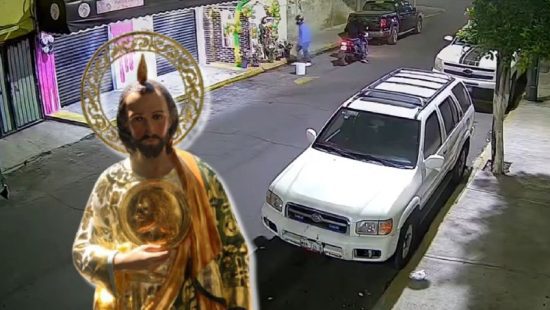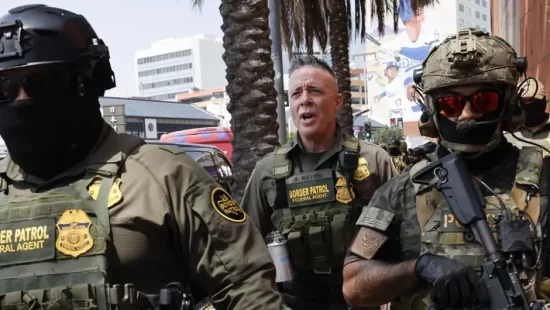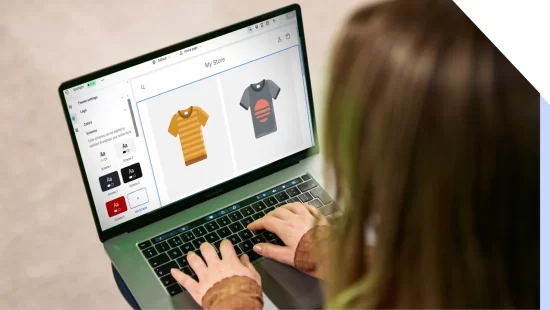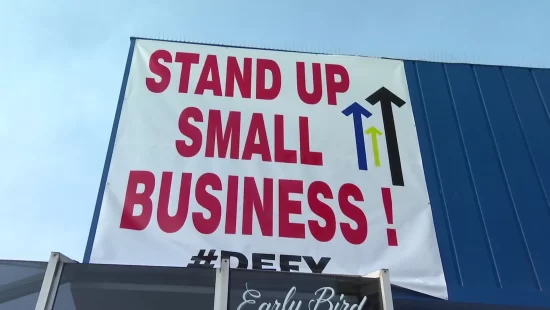Conflicts between criminal groups are not only fought on the battlefield, but now also on social media. Through digital platforms, members of these organizations have found a way to spread narratives that, in the case of YouTube, have a double benefit: monetization.
While social networks like X or Facebook are full of anonymous accounts that spread supposed information about criminal leaders or members, their areas of operation, or illicit businesses, on the popular video platform, the dynamic revolves around certain “YouTube” artists who have structured their channels with constant publications of audiovisual material addressing the topic of drug trafficking in Mexico. For years, journalists and academics have used the same platform to address the issue with an informative intent, a characteristic that is perceived as vague in the content currently published, since their discourse points to an attempt to skew their audiences’ approval toward a particular criminal group, thus becoming a communication tool that is part of another war: narrative.
The situation has become evident in recent months, especially after the outbreak of the conflict between Los Chapitos and La Mayiza for control of Culiacán and the leadership of the Sinaloa Cartel, which has led to a wave of homicides, including those of at least a dozen content creators.
Over the years and with the rise of new technologies, criminal organizations have adapted and perfected their communication strategies. From so-called “narco-banners,” flyers dropped from small planes, to the abandonment of mutilated bodies in public streets, these messages are often sent not only to rival groups but also to authorities and the civilian population.
With the arrival of social media, mass dissemination of their narratives was easy, although each criminal organization has done so in its own way. For example, the Jalisco New Generation Cartel (CJNG) has opted for institutional communication by disseminating videos showing heavily armed men, sketched and wearing tactical gear, while one of them acts as the spokesperson for the message.
The Sinaloa Cartel, for its part, resorts to old practices such as placing banners in public spaces or distributing pamphlets; however, in the digital realm, it has found its own spokespersons: YouTubers.








